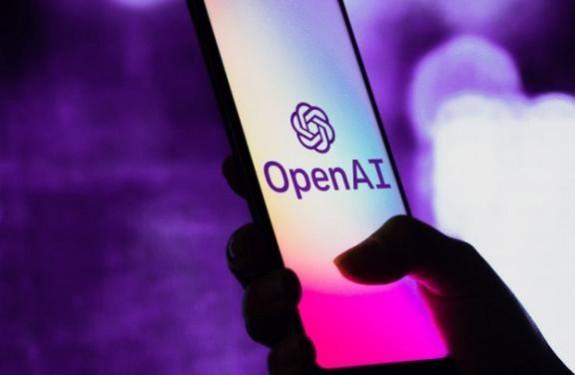Microsoft-owned ChatGPT has started replacing humans at workplaces as some companies have implemented the AI chatbot to perform the work being done earlier by employees, saving thousands of dollars.
Companies that use ChatGPT said they saved money using the AI tool, with 48 per cent saved over $50,000 and 11 per cent saved over $100,000, according to a report in Fortune.
Job advice platform Resumebuilder.com surveyed 1,000 business leaders who either use or plan to use ChatGPT.

It found that about half of their companies have implemented chatbots. And nearly half of this group say that "ChatGPT has already converted employees at their companies".
"As this new technology is growing in the workplace right now, workers definitely need to think about how it may affect their current job responsibilities," Stacey Haller, chief career advisor at Resume Builder was quoted as saying in the report.
Companies are using ChatGPT to write codes, copywriting and content creation, customer support and preparing meeting summaries.
About 77 per cent of firms using ChatGPT said they use it to help write job descriptions and 66 per cent said the AI chatbot is drafting interview solicitations.
In a survey, Resume Builder found that job seekers are also utilising AI chatbot ChatGPT for resumes and cover letters.

Almost 1 in 2 current and recent job seekers have used ChatGPT to write their resumes and/or cover letters.
Of the 1,000 respondents who admitted to using ChatGPT for their application materials, 72 per cent said they used the tool to write cover letters, and 51 per cent say they used it to write resumes.
Most respondents were satisfied with the results from ChatGPT, as 76 per cent of respondents said the quality of application materials written by ChatGPT is 'high' or 'very high'.
Additionally, 28 per cent said they only had to do 'a little bit' or 'no' editing to resumes and/or cover letters written by ChatGPT.
Microsoft recently introduced AI-powered Bing search engine, Edge web browser, and integrated Chat.
The company is testing it with a select set of people in over 169 countries to get real-world feedback to learn and improve.
(With inputs from IANS)














